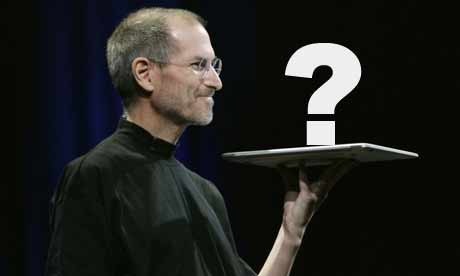ROI and a Field of Weeds!
People sometimes jokingly ask me “What is the idea? referring to the name of my consultancy. My answer, borrowed from Sergio Zyman of the Zyman Group, is “sell more, to more, more often, at higher margins.” That’s the ultimate goal of marketing, no? The quadruple crown. Interestingly, unit sales, market penetration, per capita consumption, and higher margins are different measures. Linked, yes, but different.
When writing a marketing plan I typically start out with an exercise called The 24 Questions. It’s traditional marketing, follow-the-money kind of stuff. Who’s buying? When? Who is involved in the decision? Most profitable customers? Margins? Channels?, etc. Once I get the money part of the equation I delve into brand questions — from the points of view of management, employees and customers. Some of the questions are designed to get to the truth and bypass the drama and ass-covering.
Prioritization.
The hard work is in ranking the business objectives. Most of my decks (PPT presentations of findings) array a healthy number of business objectives. Prioritizing objectives leads to prioritized strategies which require someone at the company to put one objective at the top: “On a sinking boat which child would you save?” kind of question. These decisions are the provenance of the brain not the algorithm.
ROS
ROS (return on strategy) is a metric that measures business and marketing strategy. ROI, on the other hand, ties marketing tactics to dollar return. Not to minimize tactics, but you can buy a tactic from any marcom agency on the street. And thanks to the web – the greatest marketing tool since paper money – we’re in the midst of something I call Tactics-palooza. ROS allows you to measure business objectives through a strategic lens. ROS is the way to go. Think of it as a crop-producing farm next to a field of healthy weeds. Peace!






